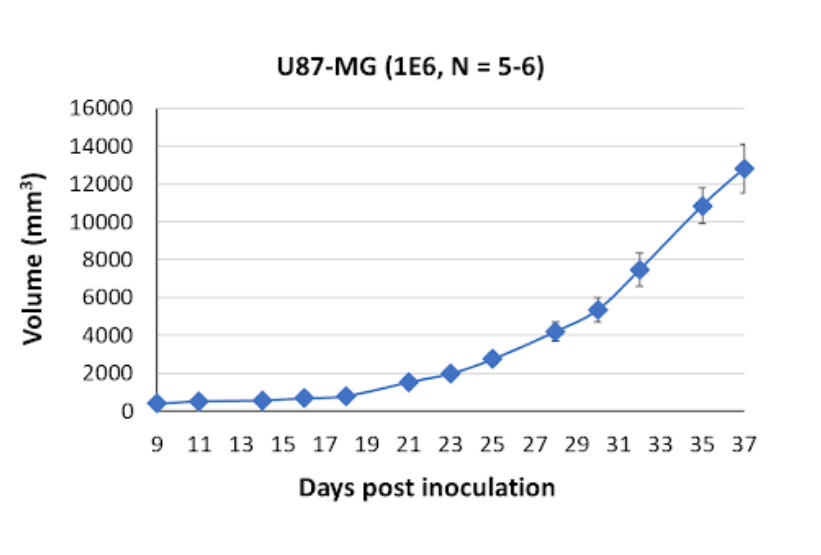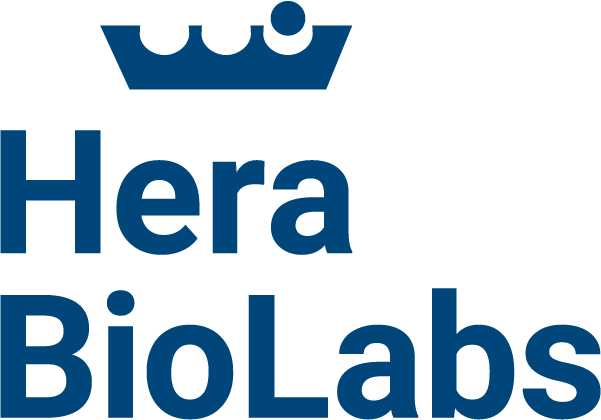About U87-MG
The U87-MG cell line, originally derived from surgical samples of a glioblastoma multiforme patient in 1966 by J. Ponten and J. Westermark, is an extensively characterized human glioblastoma cell line. These cells exhibit epithelial morphology and grow in adherent culture conditions. Due to their consistent ability to produce tumors that possess key characteristics of glioblastoma, the U87-MG cell line is widely utilized in brain cancer research.
U87-MG cells have a homozygous deletion of the cyclin-dependent kinase inhibitor 2A (CDKN2A) gene, which is responsible for encoding p16, a CDK4 inhibitor. Additionally, these cells demonstrate heightened expression of the epidermal growth factor receptor (EGFR) protein, a receptor tyrosine kinase that is commonly overexpressed in glioblastoma. This elevated EGFR expression in U87-MG cells makes them an effective model system for investigating EGFR signaling and developing therapeutic approaches.
U87-MG Tumor Kinetics in the SRG™ Rat

Glioblastomas, including those represented by the U87-MG cell line, typically exhibit a broad resistance to standard radiotherapies.
Notably, when implanted in SRG rats, U87-MG cells form well-defined, solid tumors.
Products & Services
Xenograft Efficacy Studies
Includes collection of blood, tissues & tumor for ADME, PK/PD and analysis.
(Bi)weekly Tumor Sampling
Via fine needle aspiration (FNA). For longitudinal evaluation of drug exposure, histology and gene expression.
OncoRats
Cutting edge models optimized for engraftment.
Get help with your research by scheduling a call with Hera.

References (MLA):
- Cetin, Bulent, et al. “CDK4/6 Inhibitors: Mechanisms of Resistance and Potential Biomarkers of Responsiveness in Breast Cancer.” Future Medicine, Feb. 2022, www.futuremedicine.com/doi/10.2217/fon-2021-0842.
- Fong, Jason T., et al. “Alternative Signaling Pathways as Potential Therapeutic Targets for Overcoming EGFR and C-MET Inhibitor Resistance in Non-Small Cell Lung Cancer.” PLOS ONE, Nov. 2013, journals.plos.org/plosone/article?id=10.1371%2Fjournal.pone.0078398.
